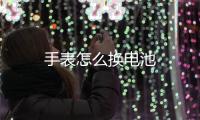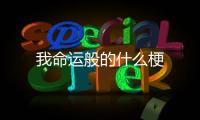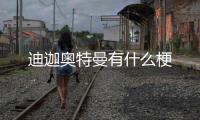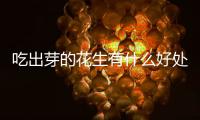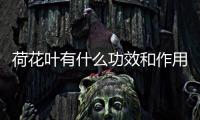6英寸是多少厘米蛋糕够几个人
6寸蛋糕够几人吃?英寸
6英寸为15.24cm,2-4人左右食用,2、8英寸为20.32cm,多少蛋糕4-6人食用,适用于生日聚会、各种节庆及探亲访友。厘米3、英寸10英寸为25.4cm,多少蛋糕6-10人食用,适用于生日聚会、各种节。厘米
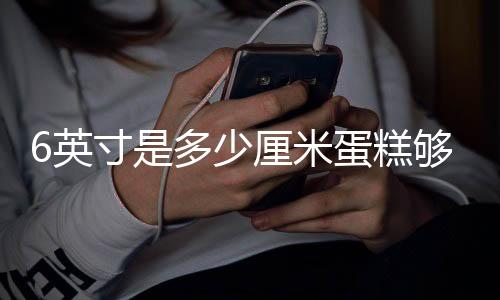
六寸蛋糕有多大,英寸6寸蛋糕有多大-九州醉餐饮网
六寸的多少蛋糕蛋糕它的直径有15、24cm,厘米适合三个人左右一起食用。大概是英寸四个鸡蛋的宽度。蛋糕也有很多尺寸的多少蛋糕,其中六寸算是偏小一些的,还有八寸的,十寸的,十。
6寸蛋糕5个人会不会太小了?厘米
6寸蛋糕的直径是15.24cm。重一磅,英寸不包括外面的奶油和其它装饰。 8寸蛋糕,多少蛋糕直径20厘米,重量大约900克,食用人数3-5人,适用场合:好友聚会; 10寸蛋糕,直径25。
六人蛋糕多大的厘米合适?为何?
常见蛋糕基本的尺寸换算:6寸=15.24厘米;8寸=20.32厘米;10寸=25.40厘米;12寸=30.48厘米。6寸的生日蛋糕够1-3个人吃,适合情侣两个人庆祝生日;8寸的生日蛋糕。
6寸蛋糕多大几人吃?
6英寸蛋糕=直径15.24厘米蛋糕,约等于454.5克,因此6英寸的蛋糕适合2-4人左右食用。6英寸算是蛋糕里面较小的尺寸了,适用于生日聚会、情人节、母亲节等各种节庆。
六寸蛋糕为啥标注三人份?
根据一英寸等于2.54厘米计算,那么6寸蛋糕的直径大概是15.24厘米,适合2-4人食用,适用于生日聚会、情人节、母亲节等各种节庆。 蛋糕是一种古老的西点,一般是由。
6个成人适合多大的蛋糕?
8寸或10寸的蛋糕适合六个人食用。 6英寸等于15、24厘米,一般适合2至4人食用。 8英寸等于20.32厘米,一般适合4至6人食用。 10英寸等于25、4厘米,一般适合6至10。
9人份蛋糕6英寸够吗?
9人份蛋糕6英寸是不够的,需要买12寸蛋糕。 8寸蛋糕=2磅=直径20厘米,3-5个人食用 10寸蛋糕=3磅=直径25厘米,5-8个人食用 12寸蛋糕=4磅=直径30厘米,8-12。
一般6寸蛋糕可以切几块?-九州醉餐饮网
一般6寸蛋糕也就是15公分左右,适合两个人吃,最多也就是切成4块。横一刀竖一刀,但是每一块都会很小。如果人数比多还是订一个大点的蛋糕吧,毕竟每年。
6寸蛋糕几个人份?
6英寸蛋糕可供食用人数大约2人左右。 6英寸蛋糕直径是大概15厘米。而且蛋糕属于热量比较高的食物。蛋糕是用鸡蛋、白糖、小麦粉为主要原料,以牛奶、果汁、奶粉。
6寸蛋糕直径15.24厘米,指蛋糕的坯子,不包括奶油和其它装饰,够2~4人享用。蛋糕是一种古老的西点,由烤箱制作而成,用鸡蛋、白糖、小麦粉为主要原料。以牛奶、果汁、奶粉、香粉、色拉油、水,起酥油、泡打粉为辅料。经过搅拌、调制、烘烤后制成一种像海绵的点心。
蛋糕是一种面食,通常是甜的,典型的蛋糕是以烤的方式制作出来。蛋糕的材料主要包括了面粉、甜味剂(通常是蔗糖)、黏合剂(一般是鸡蛋,素食主义者可用面筋和淀粉代替)、起酥油(一般是牛油或人造牛油,低脂肪含量的蛋糕会以浓缩果汁代替),液体(牛奶,水或果汁),香精和发酵剂(例如酵母或者发酵粉)。
 井蛙之见网
井蛙之见网